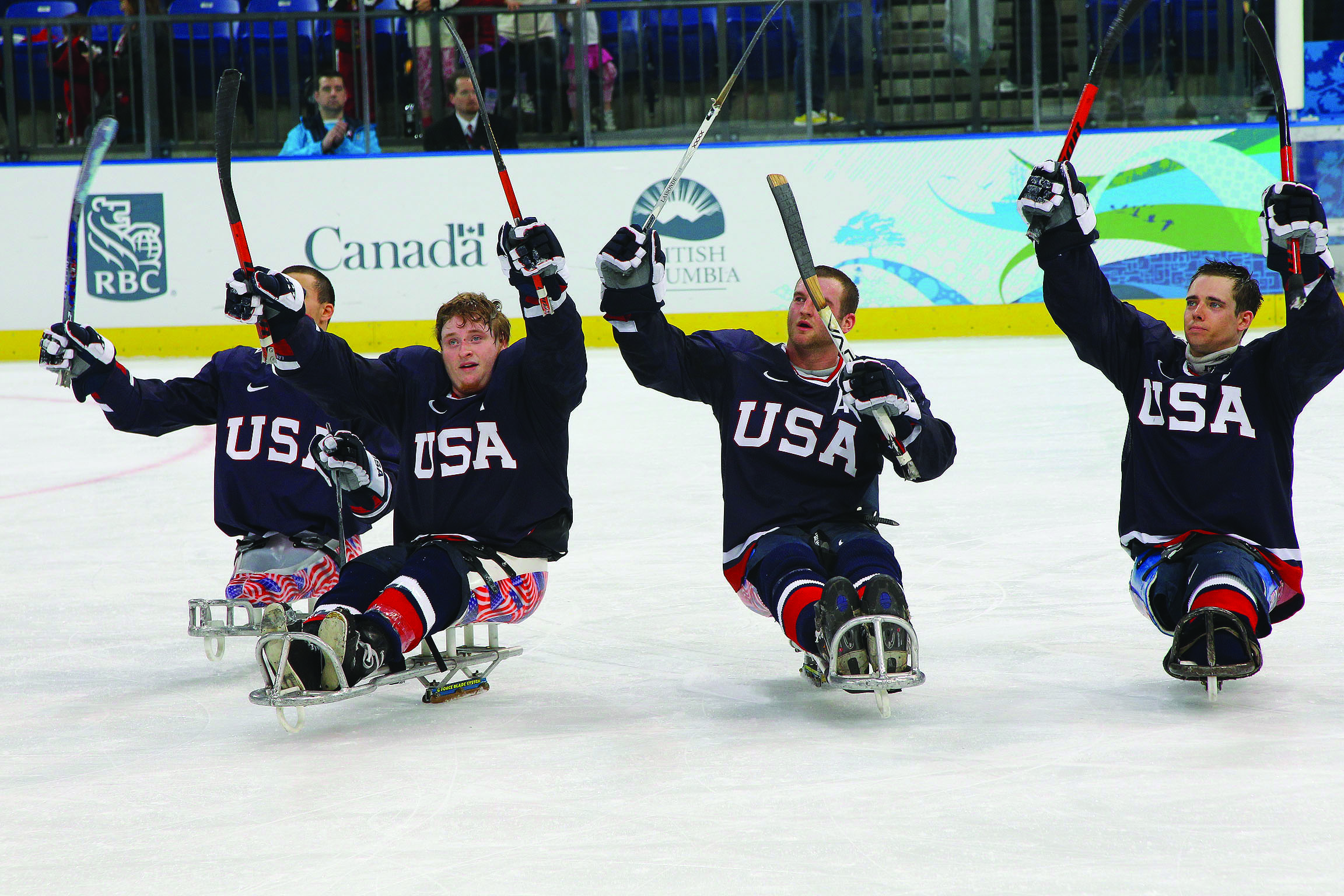About The SEMPER FI FUND (SFF):
The Semper Fi Fund, and its program America’s Fund, provide immediate financial assistance and lifetime support to post 9/11 wounded, critically ill and injured members of all branches of the U.S. Armed Forces, and their families, ensuring that they have the resources they need during their recovery and transition back to their communities. Since establishing the Semper Fi Fund in 2004, they’ve issued more than 86,000 grants, totaling more than $102 million in assistance to over 13,300 of our heroes and their families.
Who Are They?:
The Semper Fi Fund was created by a group of Marine Corps spouses nine years ago, and those same women run the Fund today alongside other spouses from all service branches, retired service members, all of whom intimately know the needs of our military families. They have been by our injured and ill service members’ sides from day one, helping them as they navigate lengthy recoveries and rejoin their communities.
How They Help:
Financial, emotional, and tiered support for our injured/ill service members and their families through the following programs: Family Support, Adaptive Housing, Adaptive Transportation, Specialized Equipment, Education and Career Transitioning, Rehabilitative Sports programs, and more.
Who They Help:
Qualifying post 9/11 Marines, Sailors, Soldiers, Airmen, Coast Guardsmen, and reservists with amputations, spinal cord injuries, Traumatic Brain Injury (TBI), severe Post Traumatic Stress Disorder (PTSD), burns, blindness, other physical injuries, or those suffering from life-threatening illnesses. We also help spouses and children of active duty service members who face a life threatening illness or injury.
How Are They Unique:
The Semper Fi Fund has been awarded the highest ratings from watch dog groups: A+ Top Rated Charity from CharityWatch, and we are one of only three veteran nonprofits to receive this rating in recent years; and 4 Stars from Charity Navigator a rating only given to 4% of all charities. They maintain an extremely low overhead – 6% and provide rapid assistance with no red tape.
How They Raise Funding:
The Semper Fi Fund relies completely on donations from generous individuals, corporations, foundations, and community groups. In an effort to keep their fundraising and administrative costs low, they do not receive government funding or use direct mail campaigns. Their communities across the country host fundraising and awareness events for their mission, both big and small: golf tournaments, motorcycle poker runs, 5/10K races, dinners, and contests – whatever their passion may be! Their are members of the Combined Federal Campaign, through which federal, civilian, postal, and military donors can support us. They encourage all citizens across America to join them in their quest to support our military members who have sacrificed so much in the service to our country.
Their Philosophy:
The basic ideal that drives our efforts is simple: for as much as our heroes have sacrificed, they deserve the best care and support available in their hour of need. They are committed to being there at the time of injury or illness and for a lifetime if needed.
Looking Forward:
The Semper Fi Fund has been successful over the years thanks to their loyal supporters, both individuals and corporations. Yet our challenges continue to intensify due to the level of severity of injury, illness, and post-traumatic stress unique to the length of war on terrorism. These critical injuries are brought home and often call for a lifetime of assistance.
Tax-deductible contributions from people like you make up our lifeblood; whether donations are large or small, a one-time gift or ongoing endowment, every individual or corporation has the power to make a real difference, here and now, no matter where they are in the world.
The Semper Fi Fund is forever grateful to each of their supporters who share in their ongoing mission.
Please help them help those who have given so much in the name of freedom.

